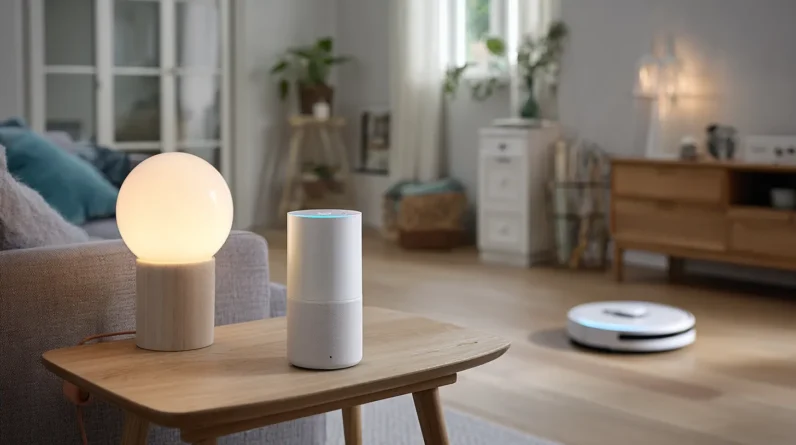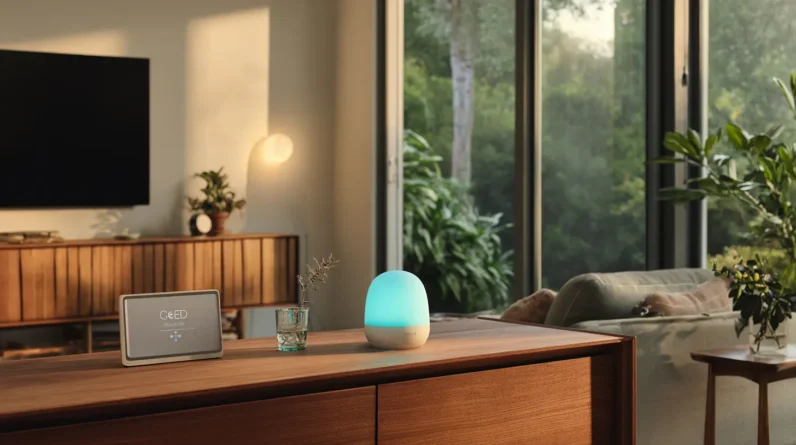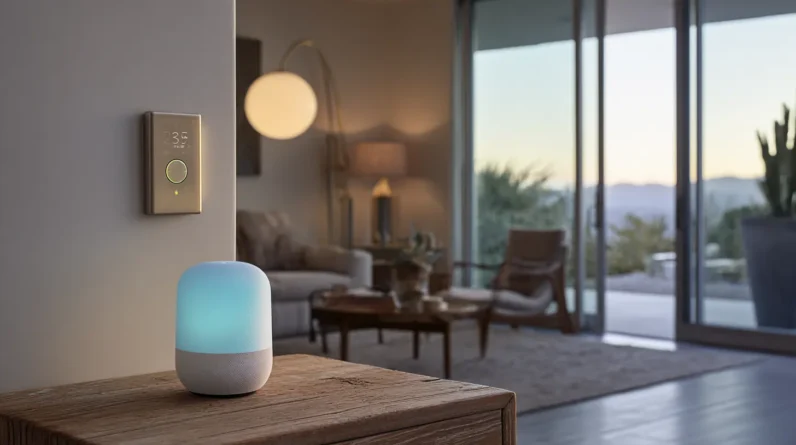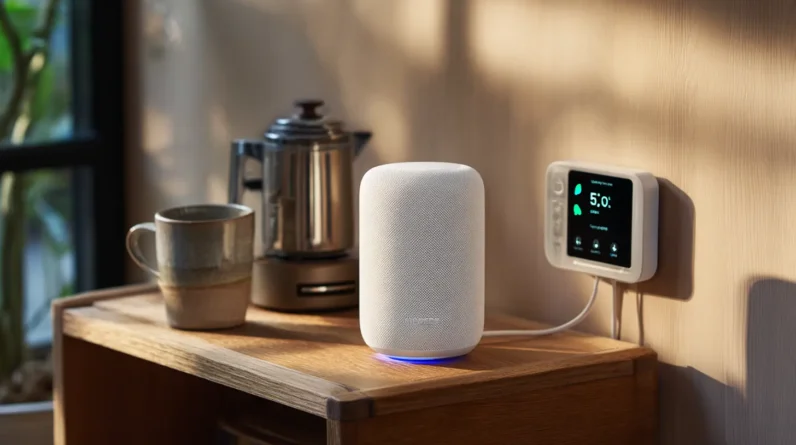
We increasingly rely on wireless technology to enable smart security devices that protect our homes, properties, and lives with convenience, flexibility, and advanced features like remote monitoring, motion detection, and facial recognition. Wireless technology allows for quick installation, modular design, and remote monitoring, making it an essential component of smart security systems. With the ability to integrate with IoT devices, wireless technology provides a scalable solution for residential and commercial properties.
As we explore the benefits of wireless technology in smart security, we’ll uncover how it’s revolutionizing the way we protect our spaces and what the future holds.
Advantages of Wireless Security
As we explore the advantages of wireless security, it becomes clear that the flexibility and reliability of these systems offer a significant upgrade over traditional wired solutions. We find that wireless security systems can be installed quickly and easily, often in under 30 minutes, making them ideal for Smart Home setups. Their modular design and ability to operate independently enhance reliability and prevent single points of failure. Remote monitoring capabilities allow us to manage our security from anywhere, providing real-time alerts and updates.
With advanced wireless technology, we can enjoy high-resolution video transmission and motion detection, improving our security measures without incurring additional bandwidth costs. This makes wireless security a scalable solution for both residential and commercial properties, seamlessly integrating with IoT devices to guarantee robust data security.
Importance of Mobile Connectivity
With the proliferation of smart security devices, mobile connectivity has become an essential component, enabling us to stay connected to our homes and receive real-time updates and alerts, no matter where we are. Mobile connectivity enables real-time data transmission and alerts, ensuring we can monitor our properties remotely. It also allows for remote control of alarms, cameras, and locks, enhancing our convenience and responsiveness.
Additionally, mobile connectivity supports advanced features such as live video streaming, vital for responding to security incidents as they occur. With IoT on the rise, mobile connectivity facilitates a thorough and interconnected security ecosystem in our homes, seamlessly integrating various devices. We believe this feature is a game-changer in the security space.
Smart Home Security Essentials
We consider several key elements essential for effective smart home security, including reliable wireless connectivity, seamless integration of various devices, and real-time monitoring and control capabilities. Wireless technology plays an important role in enabling these features, allowing for the efficient operation of security systems. With wireless connectivity, devices such as cameras, alarms, and sensors can communicate with each other and with the homeowner’s smartphone or tablet.
This facilitates remote monitoring and control, enabling users to respond quickly to potential threats. Additionally, the adoption of standards like Matter enables interoperability among devices, simplifying the integration process and enhancing the overall effectiveness of home security systems. By leveraging wireless technology, smart homes can achieve robust security and data protection.
Wireless Technology in Modern Homes
Most modern homes now rely on wireless technology, particularly Wi-Fi 6, to power their smart security devices, enabling faster data transmission and improved performance for multiple devices. We’ve seen a significant boost in the adoption of wireless technology in modern homes, and it’s easy to understand why. With Wi-Fi 6, we can enjoy seamless connectivity and efficient data transfer between our smart security devices, including security cameras and motion detection sensors. This not only enhances our security practices but also extends the battery life of our devices. A robust Wi-Fi network is essential for smart home security systems, providing reliable access and control from anywhere. By leveraging wireless technology, we can create a more secure, efficient, and connected home.
Benefits of IoT in Security
Integrating IoT technology into security devices markedly amplifies their effectiveness, enabling homeowners to respond swiftly to potential threats and bolstering overall safety through real-time monitoring and alerts. We’ve seen firsthand the benefits of IoT in security, and it’s clear that this technology is revolutionizing the way we approach secure wireless solutions. Here are just a few of the key benefits:
1. Enhanced Surveillance: IoT security devices can leverage advanced features like motion detection and facial recognition, markedly improving the effectiveness of surveillance systems.
2. Remote Access: By connecting to the internet, IoT security devices provide remote access and control, enabling users to monitor their homes from anywhere using smartphones or other connected devices.
3. Scalability: IoT security solutions allow homeowners to easily expand their systems by adding new devices as security needs grow, offering customizable coverage.
4. Data-Driven Insights: IoT-enabled security devices collect and analyze data to identify patterns and trends, helping predict and prevent potential security breaches.
Future of Wireless Security Systems
As we look to the future of wireless security systems, the impending adoption of 5G technology is poised to revolutionize the industry with its promise of low latency and high-speed connectivity, enabling real-time monitoring and quicker response times for security devices. We can expect to see a seamless integration with the Internet of Things (IoT), allowing for enhanced surveillance capabilities and automated security protocols. Next-generation security systems will also prioritize robust encryption protocols to safeguard sensitive data and improve security. With the incorporation of AI and machine learning, devices will become intelligent and adaptable, detecting threats more effectively. As we move forward, advancements in battery technology and energy efficiency will make wireless security systems more sustainable and versatile, paving the way for widespread adoption in both residential and commercial settings.
Conclusion
We’re witnessing a seismic shift in home security, driven by wireless technology. We’re no longer tethered to traditional wired systems. We’re embracing mobile connectivity, smart home essentials, and IoT innovations. We’re reaping the benefits of wireless security systems: flexibility, scalability, and real-time monitoring. We’re securing our homes, our families, and our futures with cutting-edge tech. We’re shaping the future of security, one wireless device at a time.







